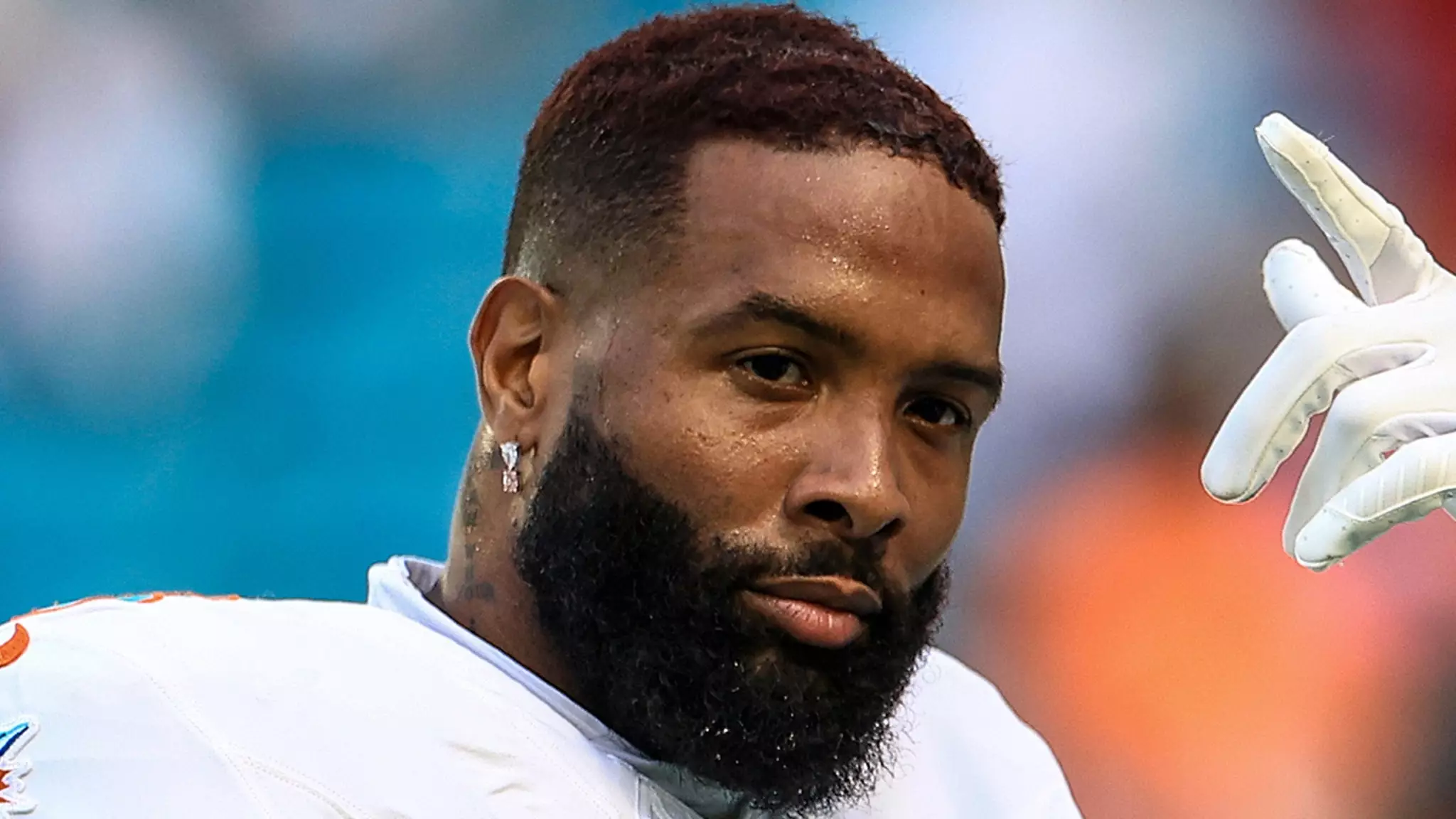The recent allegations against Odell Beckham Jr. are nothing short of astonishing, drawing a complex web of narratives that extend into the realms of violence and sexual misconduct. The accusations, made by Ashley Parham, suggest a shocking incident involving multiple individuals, including notable figures like rapper Diddy and comedian Druski. These claims have spiraled into a legal battle, casting a shadow over Beckham’s otherwise illustrious career. The incident, said to have occurred in 2018, reveals not only the potential reputational risks associated with such allegations but also the complicated dynamics of fame, truth, and justice.
Parham’s claims were first established in a federal lawsuit, where she recounted an experience that many would find both horrifying and surreal. The notion of a physical assault entwined with personality, fame, and public personas raises questions about the impact of celebrity culture on the narratives we accept at face value. Beckham’s insistence that he was not near the scene of the alleged crime is reflective of a broader issue—how swiftly public opinion can shift in the face of sensational allegations. The rapidity with which courts and media can become arenas for offense and defense only highlights the urgency of truth in an age dominated by social media and instantaneous news.
Delving Into the Allegations
The detailed descriptions of the alleged assault portray a scene that is as implausible as it is disturbing, ranging from violent threats to bizarre acts of humiliation. With astonishing claims that involved a knife, lubricant, and a TV remote, there appears to be a deliberate attempt to paint an extreme picture that could elicit powerful emotional responses from those following the case. Beckham has pushed back vocally, asserting not only the improbability of the narrative but also the broader implications it holds for real victims of violence. His firm denial comes alongside Druski’s similar statements, both men claiming a shared innocence woven in disbelief.
This situation begs an important question: How can we differentiate between legitimate accusations and those potentially fabricated for attention or financial gain? Diddy’s legal counsel weighed in on the absurdity of the allegations, illustrating the struggle faced by high-profile individuals in defending their reputations against what they perceive to be outlandish claims without substantial evidence. As both sides brace for what promises to be a contentious legal proceeding, the judicial system must act as the arbiter of fact, obscured often by public sentiment and media frenzy.
The Psychological Toll of Fame
The psychological weight of such allegations extends well beyond the courtroom. For athletes like Beckham, the consequences of a tarnished image can ripple through their professional lives. The fallout from the media circus surrounding these accusations can taint public perception, impacting endorsement deals, fan relationships, and even team dynamics. Beckham’s assertion that he is “covered by God” speaks to a deep-rooted belief system that offers solace amidst the storm, but it also reveals the vulnerability that public figures face in navigating personal and professional crises.
This case illustrates how the intersection of fame and scandal acts as a double-edged sword; on one side, there‘s the visibility and access to resources, but on the other, there’s the relentless scrutiny and the threat of potential downfall based on allegations that may have no solid foundation. It is a cruel reality in a culture that thrives on sensationalism, where narratives can shift and destroy reputations in mere moments.
Race, Gender, and Public Sentiment
The dynamics of race and gender further complicate the landscape of these allegations. In the realm of celebrity culture, accusations are often magnified and can take on a life of their own. The societal implications of race—especially given that both Beckham and Diddy are prominent Black men in the public eye—create a nuanced discourse around who is perceived as believable in the court of public opinion. Parham’s gender in this narrative means that her words could also evoke a protective instinct among women, spurring social movements that champion victimized voices. Yet, we must tread cautiously; falling into the trap of binary thinking could falsely elevate unverified accusations to a level that undermines real struggles.
Ultimately, the unfolding saga is not merely a battle between public figures; it is a broader reflection of societal narratives surrounding culpability, victimhood, and the often adversarial relationship between truth and public perception. As the case evolves, the need for careful analysis is imperative—not just of the facts, but of the underlying motives, societal biases, and the implications they hold for all involved. The stakes are high, and the resonate conversations born from this controversy may set the tone for future celebrity culture in a landscape already fraught with complexity and peril.

Leave a Reply